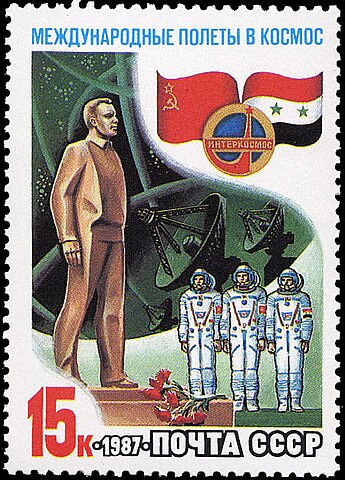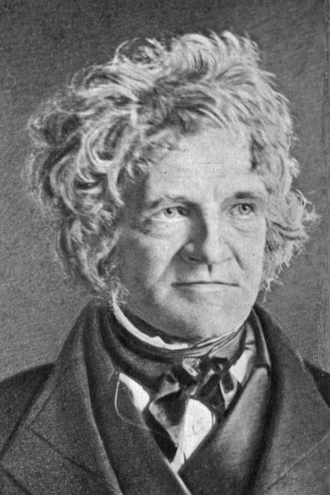2009 – A total eclipse of the Sun was visible from within a narrow corridor that traverses half of Earth. The path of the Moon’s umbral shadow began in India and crossed through Nepal, Bangladesh, Bhutan, Myanmar and China. After leaving mainland Asia, the path crossed Japan’s Ryukyu Islands and curved southeast through the Pacific Ocean where the maximum duration of totality reached 6 min 39 s.

1999 – Torino Impact Hazard Scale announced. In order to reduce media and public frenzy scientists met in Torino, Italy (IUA June 99) and established a risk assessment scale that will be useful in assigning risk
values to objects near Earth. The scale will run from zero to 10.
An object with a value of zero or one will have virtually no chance of causing damage on Earth; a 10 means a certain global climatic catastrophe.
The scale was created by Dr. Richard P. Binzel, professor of Earth, Atmospheric and Planetary Sciences at MIT in Cambridge, MA.
1987 – Soyuz TM-3 launched to MIR. Crew: Aleksandrov, Faris, Viktorenko.

1972 – Venera 8 (USSR) lands on Venus. “The probe confirmed the earlier data on the high Venus surface temperature and pressure (470 degrees C, 90 atmospheres) returned by Venera 7, and also measured the light level as being suitable for surface photography, finding it to be similar to the amount of light on Earth on an overcast day with roughly 1 km visibility. The first measurements of the surface regolith of Venus were returned, and a profile of the cloud layer, including detection of sulfuric acid, was made.” ~NASA
Birthdays

1784 – Freidrich Bessel, German astronomer and mathematician, who was the first ever, in 1837, to measure a star’s parallax. (The star was 61 Cygni and the parallax was a mere 1/3rd of an arc-second). This ended a debate that dated back two millenia to the Greeks (Aristotle) about the distances to the stars. Bessel is also remembered for the mathematical functions that bear his name, which appear in many areas of mathematical physics.